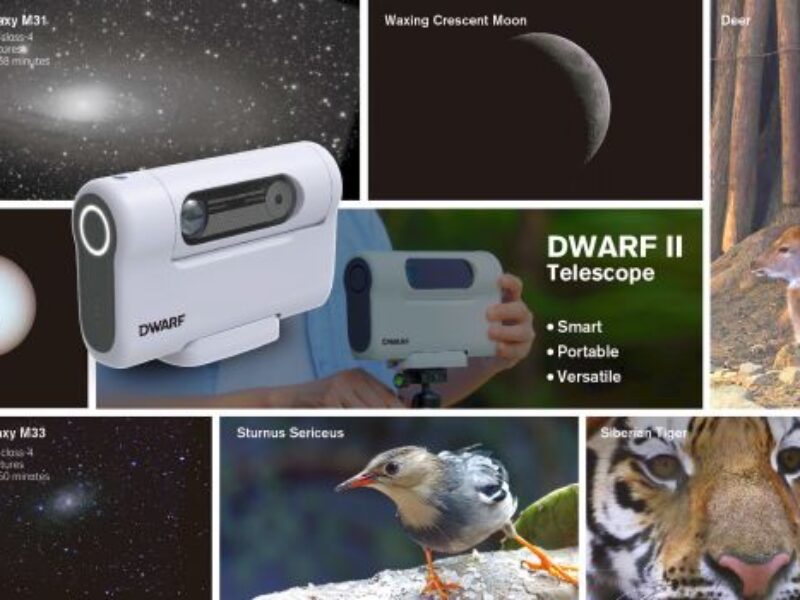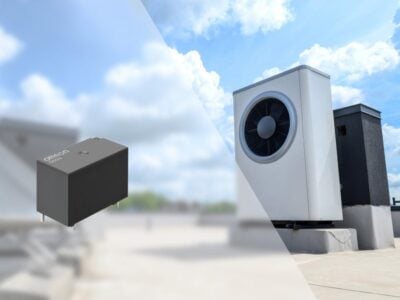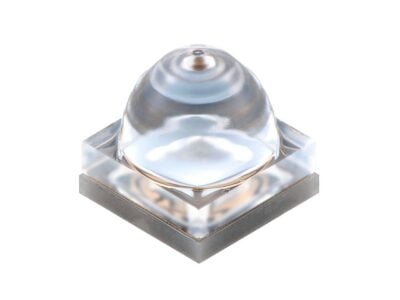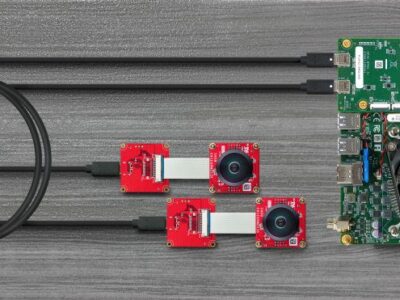
Portable smart telescope makes astronomy, nature photography easy
The DWARF II smart telescope is designed to provide a more accessible solution than conventional telescopes, which face issues of bulkiness, high costs, limited fields of view and require technical expertise to operate.
“Digital telescopes allow people to record wonderful images beyond limits of vision, such as the starry sky and dynamic moments,” says Qinglei Hu, the founder of the DWARF team. “However, the traditional telescopes are user-unfriendly and complicated, leaving many interested or potential consumers being deterred outside. We are committed to making the telescope a popular and practical photography tool through digital technologies such as edge computing, deep learning, and machine vision.”
The DWARF II is only as big as a common dictionary, and its small size is due to its periscope structure, creating a folded and compact optical path. In addition, the overall moment of inertia is significantly decreased, lowering the torque requirements of the motor and allowing the use of a smaller motor. Measuring 204 x 62 x 130 mm3 and weighing 2.4 lbs/1.1 kg, the DWARF II is designed to be easy to pack and bring around.
DWARF II users can use their mobile phones or tablets to connect to DWARF II via Bluetooth/Wi-Fi for control. With the two-axis pan-tilt capability, the telescope’s direction, as well as the frame for shooting and recording, can be independently controlled, avoiding jitters during the process.
As the Earth rotates around the polar axis, it causes motion blur under long exposures. Polaris alignment is necessary for rotation compensation for traditional telescopes, which is a difficult task to accomplish. The DWARF II uses an image-driven algorithm, StellarRoute, which enables adaptive attitude calibration without Polaris alignment.
StellarRoute can also perform adaptive path planning to achieve one-click GOTO. The user only needs to select the star to be photographed in the app, and the DWARF II will automatically align itself at the target.
Object tracking for the DWARF II is achieved through multiple deep learning networks. Users select the target object through the DWARF App, start the tracking function, and the smart telescope will automatically rotate to track the target object. The maximum angular velocity of the track is 36°/s, and even birds and aircraft can be tracked.
The DWARF II has both a wide-angle and a telephoto camera, and users can preview two camera fields in the DWARF App. The telephoto field of view (FOV) is just in the center of the wide-angle FOV, assisting users to achieve precision. There is also an advanced feature in the dual-camera system: when the user clicks on a target in the wide-angle FOV, the DWARF II will automatically point to the target object in the telephoto FOV, which makes it efficient and easy for you to capture an object.
The panoramic feature makes it simple for photographing landscapes, but it can be challenging to record details, and traditional telescopes can record details but have limited visual fields. The DWARF II captures multiple images with two-axis scanning and then uses algorithms to stitch them into a gigapixel panoramic photo.
Additional specifications include:
- Telephoto lens: Actual focal length is 100 mm, equivalent focal length is 675 mm
- Digital resolution: 8 Megapixels(Tele), 2 Megapixels(Wide)
- Main sensor: SONY IMX415 Starvis
- CPU/NPU: 4-Core Cortex-A7 1.5 GHz CPU, 2 TOPS NPU
- Motor speed:0.001°/s~36 °/s
- Visibility angel: Altitude 240°, Azimuth 340°
- Connectivity: Wi-Fi & Bluetooth
- Replaceable accessories (battery, TF card, filter)
- Operating temperature: 14~113°F / -10~45°C
- Weight: 2.4 lbs / 1.1 kg
- Dimensions: 204 x 62 x 130 mm3
The DWARF II has raised more than $1.5 million on Kickstarter and Indiegogo, and is still available for interested consumers via Indiegogo, with Super Early Bird prices starting at $359. The DWARF App will launch alongside shipments, which are expected in August 2022.
 If you enjoyed this article, you will like the following ones: don't miss them by subscribing to :
eeNews on Google News
If you enjoyed this article, you will like the following ones: don't miss them by subscribing to :
eeNews on Google News




